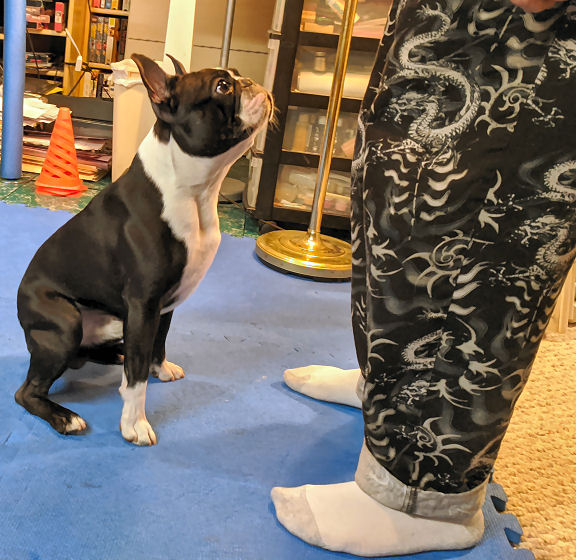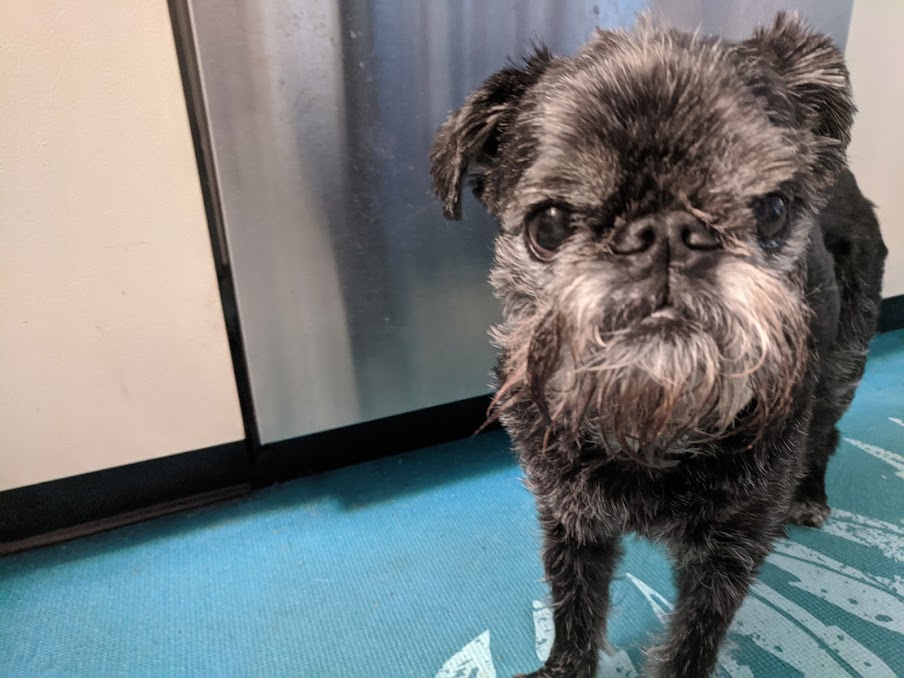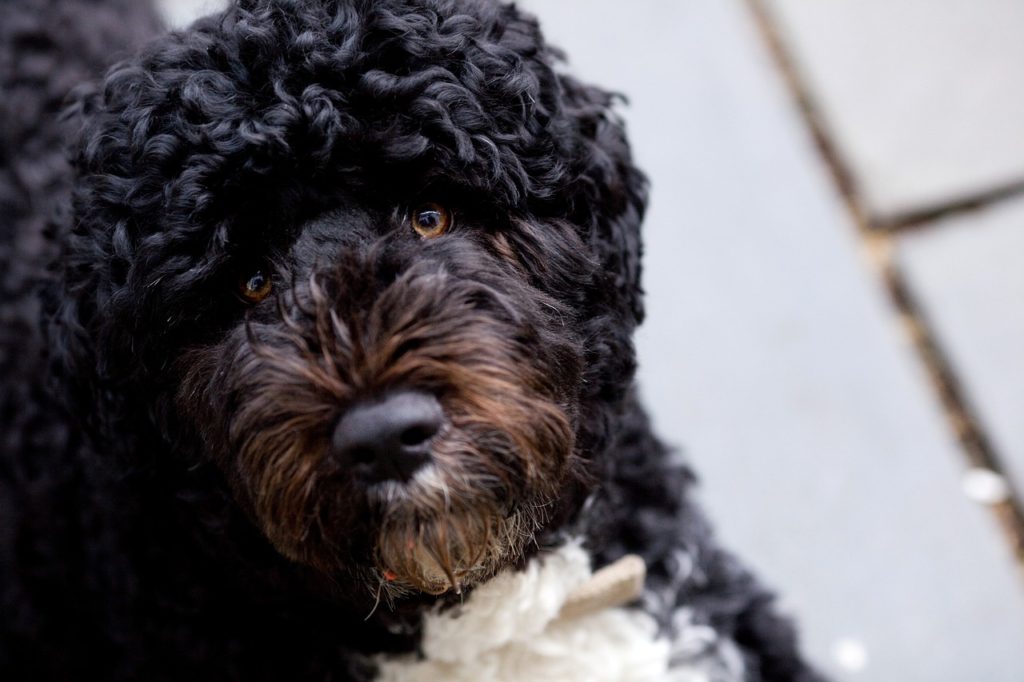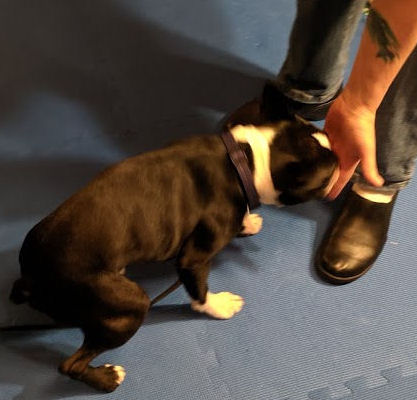
Do you wish your dog would pay more attention to you? There are lots of times and circumstances where aggravation could be avoided if your dog just stopped staring at whatever, and looked at you. Like when your dog spots a bunny on your walk and takes off running when it does. Or when the person with the loaded cat carrier sits right across from you in the veterinarian’s waiting room. Wouldn’t it be great if you could instantly get your dog’s attention?
But how do you get your dog to focus on you when so many interesting things are happening all around? The answer is to be more interesting than anything else. How do you make that happen? Play the “Watch!” game!
Make them love the game
For the “Watch!” game to be effective, the reward for playing has to be the absolute top of your dog’s food chain. If your dog is “meh” about kibble, don’t use it. In other words, the perfect fuel for this game is one your dog would run through fire to get. For lots of dogs, it would be hot dogs, or cheese.
It doesn’t matter where you play the “Watch!” game – it doesn’t require much space or any “stuff” other than treats. This is another great “kitchen game” to play while you wait for the water to boil.
How to play “Watch!”
Have the treats (already diced into reward morsels) in a bowl close at hand, where you can easily reach them, but your dog can’t. Take one treat in each hand between your thumb and forefinger. For this game, we want our dogs to know that we have the treats. With your dog sitting or standing in front of you, hold your arms outstretched at the level of your ears. Straight out, with your hands as far apart as you can get them.
Every single dog we’ve ever met will glance from hand to hand, trying to figure out what you want them to do. One of the reasons we start with the hands so far apart is to clearly see where the dog is looking. We want them to meet our eyes. They’re not doing that if they’re looking back and forth like they’re watching a tennis match.
If your dog is easily frustrated, have them on collar and leash so they can’t leave the vicinity. You want them to keep trying to figure it out – at least for the 2 Minutes you’ll play.
As soon as your dog meets your eyes, even if it was by accident while back-and-forthing, say “Yes! Good Watch!” (or “Look!” – whatever word you want to use is fine) and give the dog, in quick succession, one treat from each hand.
Keep Going
Reload, and do it again. And again. It may take a few 2-Minute sessions before your dog is staring into your eyes like Lady & The Tramp. That’s okay. It will come. Just be consistent, hold those treats out, and stare into your adorable dog’s face. You’ll get your dog’s attention – just be patient.
The next step, when they’re meeting your eyes the majority of the time, is to start bringing your hands in closer to your head. The rate of progression depends on the dog, on the frequency you play the game, and the value of the rewards to the dog. More is better in this case.
Eventually, the objective is to have your hands tight up against your head. You should still be able to discern when your dog is looking at your face, not at the treats. That’s what you want.
Next step
As the game progresses, you can start lowering your hands to your sides. Again, take it slow and make sure your dog’s attention is still where you want it – on your eyes. The ultimate goal is for your dog to love this game so much, all you’ll have to say is “Watch!” and his/her head will snap around to meet your eyes.
The point of the game is to make it so incredibly rewarding for your dog to focus on you that he/she will disregard whatever distractions are around. Like “Touch!,” it’s a game you pull out and play whenever you need it, wherever you are. And whenever you want your dog’s attention.
There may be times when you give the signal “Watch!” because you need it, but don’t have any primo treats at hand. When that happens, and it happens to everyone occasionally, you’ve decreased the “balance” in your dog’s training account. Refresh and even add to that account by playing the game over the subsequent few days with top-of-the-line goodies. We always want our dog to love playing “Watch!” with us.



